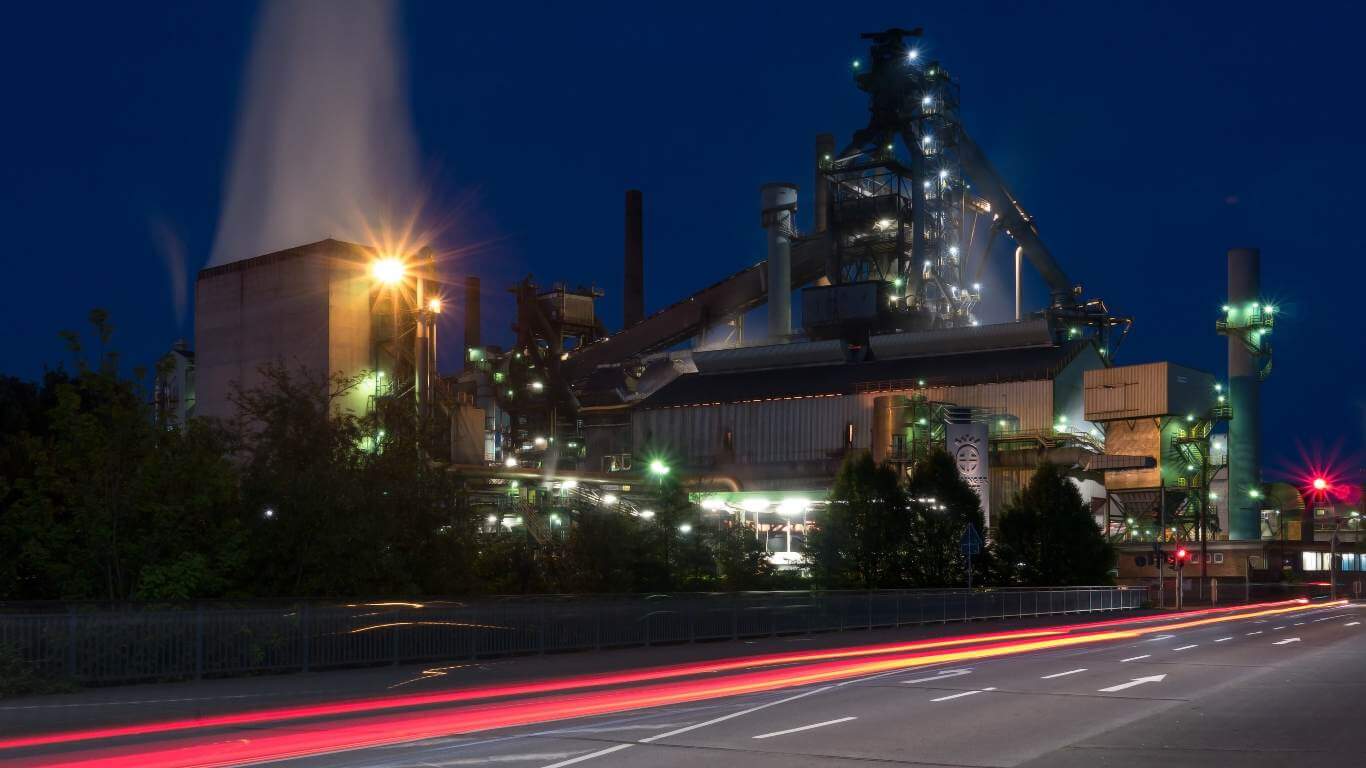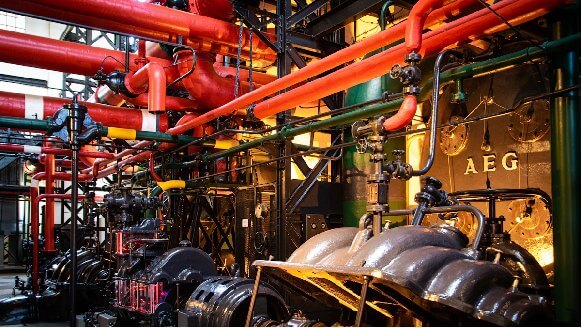Sheet Metal Forming Machine Processes: A Comprehensive Overview
Introduction to Sheet Metal Forming
Overview of Sheet Metal Forming
Sheet metal forming is a pivotal manufacturing process that involves the transformation of flat metal sheets into specific shapes and sizes for various applications. This process is integral to many sectors due to its versatility and efficiency. By utilizing a sheet metal forming machine, manufacturers can mold metals such as steel, aluminum, and copper into complex parts and components. The precision and reliability of these machines make them indispensable in modern engineering and production lines.
Importance in Various Industries
The significance of sheet metal forming extends across a multitude of industries, including automotive, aerospace, construction, and electronics. In the automotive industry, for example, sheet metal forming is used to create body panels, chassis, and intricate engine components. Similarly, in the aerospace sector, the process is crucial for producing lightweight yet strong parts for aircraft. The construction industry relies on these techniques for building materials and structural components, while electronics manufacturers use them to create casing and intricate metal parts for gadgets.
Role of a Sheet Metal Forming Machine
A sheet metal forming machine plays a crucial role in the field of manufacturing by enabling precise and consistent forming processes. These machines are designed to handle various types of metal, allowing for flexibility and adaptability in production. They streamline the forming process, increase productivity, and ensure high-quality outputs. Furthermore, the advanced controls and automation features of modern sheet metal forming machines enhance their capability to produce intricate and complex components with minimal human intervention, thus reducing errors and improving efficiency.
Common Types of Sheet Metal Forming Techniques
Stamping
Explanation of Stamping Process
Stamping is one of the most common sheet metal forming techniques that involves pressing a metal sheet between a die and a punch to create desired shapes. This process uses a significant amount of force to cut and form the metal into specific configurations. The stamping process can be performed at high speeds, making it ideal for mass production. It is highly efficient and can produce parts with excellent repeatability and intricate details.
Typical Products Made from Stamping
Stamped parts are widely used in various applications, including automotive components such as brackets, clips, and connectors. In the electronics industry, stamped parts are used to make components like metal enclosures and heat sinks. The industrial sector utilizes stamped parts for creating tools and machinery components. Essentially, any industry requiring high-volume production of metal parts benefits from the efficiency and precision of the stamping process.
Bending
How Bending is Performed
Bending involves deforming a metal sheet along a straight axis to create an angular shape. This process is typically carried out using a press brake machine that applies uniform pressure along the metal sheet’s length, causing it to bend to a desired angle. The complexity of the bending process can vary from simple straight-line bends to more intricate shapes, involving multiple bends. Precision in the bending process ensures that the final product meets specific design and functional requirements.
Applications of Bending in Manufacturing
Bending is widely applied in the manufacturing of various products such as brackets, frames, and enclosures. In the construction industry, metal parts like beams, columns, and joints are often bent to achieve certain structural designs. The automotive industry utilizes bending to form structural components, exhaust systems, and various body parts. Additionally, in the field of furniture manufacturing, bending is essential for creating aesthetically pleasing and functional metal frames.
Drawing
Deep Drawing vs. Shallow Drawing
Drawing is a forming process that involves pulling a metal sheet into a die to create a cylindrical or box-shaped part. This technique is categorized into two types: deep drawing and shallow drawing. Deep drawing involves significant depth and requires the metal to be stretched considerably, often used in producing items like automotive fuel tanks and kitchen sinks. Shallow drawing, on the other hand, involves less depth and is commonly used for producing caps, lids, and aspects of car body panels where less stretching is required.
Products Commonly Produced by Drawing
The drawing process is utilized to manufacture a wide array of products across different industries. In the automotive industry, deep drawing is employed to create fuel tanks, engine cylinders, and other intricate components. Kitchen equipment such as sinks, pots, and pans also benefit from this technique. Shallow drawing is used to produce items like metal lids, casings, and various packaging containers used in the food and beverage industry, ensuring they are strong and durable.
Roll Forming
Roll Forming Process Description
Roll forming is a continuous bending operation in which a long strip of sheet metal, typically coiled steel, is passed through consecutive sets of rolls to progressively shape the metal until the desired cross-sectional profile is achieved. This process is highly efficient for producing long lengths of metal profiles with consistent geometries. Roll forming machines often incorporate advanced control systems to ensure precision and repeatability, making them suitable for high-volume production.
Advantages and Uses of Roll Formed Products
One of the primary advantages of roll forming is its ability to produce complex cross-sections with tight tolerances and high-quality surface finishes. This process allows for the manufacturing of products with high strength-to-weight ratios, making them ideal for use in the construction and automotive industries. Typical uses of roll-formed products include roofing panels, curtain walls, automotive body parts, and electrical enclosures. The roll forming process also minimizes material waste, contributing to cost effectiveness and sustainability.
Stretch Forming
Stretch Forming Mechanism
Stretch forming is a process where a sheet metal is clamped at its edges and stretched over a forming die to acquire the desired shape. The metal is plastically deformed in tension, which minimizes the risk of wrinkling and ensures a smooth finish. Stretch forming is particularly beneficial for producing large, curved surfaces and complex shapes that would be challenging to achieve with other forming methods. The stress distribution is carefully controlled to maintain material integrity and uniform thickness.
Industrial Applications of Stretch Forming
Stretch forming is prominently used in the aerospace industry for fabricating large and complex aircraft components such as wing skins, fuselage panels, and structural parts. The automotive and railway industries also utilize this method to produce body panels and curved sections of trains and cars. Additionally, stretch forming is applied in architecture to create aesthetically pleasing and structurally sound elements like curved facades and canopies.
Specialty Sheet Metal Forming Techniques
Hydroforming
Description and Benefits of Hydroforming
Hydroforming is a forming process that uses a high-pressure hydraulic fluid to press room temperature working material into a die. This method allows for the creation of intricate shapes and complex geometries that would be difficult to achieve with traditional stamping techniques. Hydroforming is particularly advantageous for producing lightweight, high-strength parts from materials such as aluminum and steel. The uniform pressure distribution ensures excellent surface finishes and dimensional accuracy.
Examples of Hydroformed Products
Hydroforming is widely used in the automotive industry to produce components such as exhaust manifolds, chassis rails, and engine cradles. In the aerospace sector, hydroformed parts include turbine blades, airframe structures, and complex ducting systems. The bicycle industry benefits from hydroforming by producing lightweight and high-strength frames. Hydroformed products are also prevalent in consumer electronics, where they are used to manufacture components that require high precision and aesthetic quality.
Spinning
How Spinning Works
Spinning, also known as metal spinning, is a forming process where a metal disc or tube is rotated at high speeds and shaped over a mandrel using a roller or a forming tool. The metal is plastically deformed under the influence of pressure applied by the roller, allowing it to conform to the shape of the mandrel. Spinning can be done manually or with CNC (computer numerical control) machines, which offer higher precision and repeatability.
Common Items Produced with Spinning Technique
The spinning process is used to manufacture a wide variety of cylindrical and axisymmetric parts. Common items include cookware such as pots and pans, lampshades, musical instruments like trumpets and trombones, and components for industrial applications such as missile nose cones and HVAC ductwork. The technique is valued for its ability to produce seamless parts with smooth surface finishes and uniform wall thickness.
Incremental Sheet Forming
Overview of Incremental Sheet Forming Process
Incremental sheet forming (ISF) is a modern forming technique where a sheet of metal is progressively deformed using a computer-controlled stylus or tool that traces the desired shape. Unlike traditional forming methods, ISF does not require a dedicated die for each part, making it highly flexible and cost-effective for small batch production and prototyping. The tool moves in a series of small, incremental steps, gradually shaping the metal into the final form.
Suitability for Prototyping and Custom Manufacturing
Incremental sheet forming is particularly suitable for custom manufacturing and rapid prototyping due to its flexibility and low tooling costs. This method allows for quick design changes and adaptations, making it ideal for industries that require bespoke or low-volume parts. Typical applications include medical implants, customized automotive parts, and aerospace components. The ability to produce complex shapes with high accuracy and low initial investment makes ISF an attractive option for research and development.
Choosing the Right Sheet Metal Forming Machine

Factors to Consider When Selecting a Machine
Material Type and Thickness
The choice of a sheet metal forming machine greatly depends on the type of material and its thickness. Certain metals, like titanium and high-strength steels, require machines with higher capacity and robust construction. Thinner materials might need less force but demand high precision to avoid deformation or damage.
Production Volume Requirements
Your production volume needs significantly influence the type of machine you should select. For high-volume production, automated and high-speed machines are ideal as they increase efficiency and reduce labor costs. Conversely, for low-volume or custom manufacturing, flexibility and quick changeover capabilities are more crucial.
Precision and Tolerance Needs
The precision and tolerance levels required for your products also dictate the choice of machine. Advanced controls and automation features in modern sheet metal forming machines ensure high accuracy and consistency, which is essential for industries like aerospace and electronics where tight tolerances are critical.
Selecting the appropriate sheet metal forming machine involves a careful assessment of various factors to ensure optimal performance and cost efficiency. The nature of the material, the required production volume, and the precision needs are all pivotal considerations in making an informed decision. By understanding the different types of sheet metal forming techniques and the capabilities of various machines, manufacturers can enhance their production processes, reduce costs, and improve product quality.
In addition, when choosing Metal Forming Machine, you should also consider the brand factor
XINBO‘s Metal Forming Machine is renowned for its exceptional production capabilities. With nearly 140 cutting-edge extrusion production lines and 48 highly efficient assembly lines, XINBO has the capacity to export over 8,000 containers annually. This impressive production capacity enables XINBO to meet the demands of its customers and deliver top-quality metal forming machines. The company’s commitment to efficiency and advanced technology ensures that their machines are reliable and deliver outstanding performance. XINBO’s Metal Forming Machine is a trusted choice for industries seeking high-quality and efficient solutions for their metal forming needs.
Related Posts

Good quality
XinBo machine making CO. LTD is a professional manufacturer and exporter in roll forming machine,
VIEW MORE→

 Spanish
Spanish Russia
Russia
-1.jpg)







